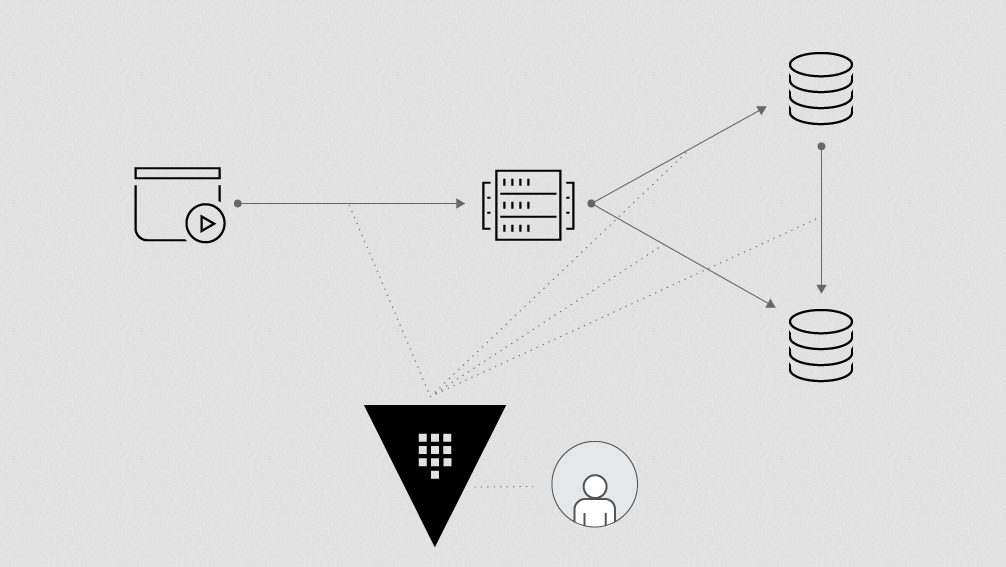Interview
Mitchell Hashimoto talks multi-cloud, service mesh, and open source
Watch HashiCorp co-founder Mitchell Hashimoto chat with John Furrier on SiliconANGLE's theCUBE. This is a dense, 20-minute, fluff-free discussion. See below for a list of highlights:
Guests
 Mitchell HashimotoCo-founder, HashiCorp
Mitchell HashimotoCo-founder, HashiCorp
Highlights:
What's the deal with HashiCorp?
- We're building the infrastructure of the future—but the future keeps evolving
- Also, we're building the company of the future—90% of HashiCorp's workforce is distributed internationally, by design
- Company culture is fiercely focused on kindness, honesty, humility, etc.
- Formed by two co-founders, who remain friends to this day
- Hired a CEO a few years ago so that the co-founders could concentrate on the things they're good at
The two phases of the enterprise cloud journey
- 2012: Enterprises started adoption, focused around one cloud choice, mainly AWS
- 2018: Enterprises more focused on heterogeneous, multi-cloud (including private data centers), and what Mitchell calls "the cloud operating model" mindset, including higher-level technologies such as Kubernetes, and elements such as automation and people-focused workflows.
Why is Kubernetes important?
- It's the scheduler idea, which Kubernetes is built on—that's the important thing
- Get away from looking at individual machines—or even from virtual machines—and view the infrastructure at a higher level
- Just assume the compute/storage/network resources are there—in a similar way to how we started assuming the memory was there when we moved to operating systems that supported virtual-memory. Make it somebody else's problem.
- It makes deployment so much more efficient, because the infrastructure is doing it for you, and can optimize it better
- It frees up people to focus on new challenges, rather than just dealing again and again with the old challenges
Service Mesh
- Service Mesh is one of those new challenges, Mitchell just mentioned
- Solves three fundamental problems: discoverability, configurability, and secure connectivity
- When you have thousands of services and they're appearing and disappearing dynamically, you must automate that, because no matter how much of a DevOps wizard you are, it doesn't scale
- Security changes from perimeter or host-based security to identity and service-based security
- It's an important game-changer, but requires a hard shift in mindset—it's a worthwhile shift, but hard
Vision 2029
- Whether you're a two-person startup or a F500 company, start with one "stem-cell" server and let it go
- And by a process of replication or reproduction, your infrastructure can scale to Facebook-level and beyond
The role of open source
- Today, it's almost default, expected pattern—or at the very least accepted
- Better for transparency—no need to go via a sales person
- Customers can see exactly how it works, rather than relying on marketing
- Ability to make their mark on the software, perhaps to get their career started
- Building a successful business around open source is challenging
- You need a healthy tension between diverse, shared ownership of a community, and the unified vision of a company or benevolent dictator—without the latter, you end up with a camel instead of a horse



